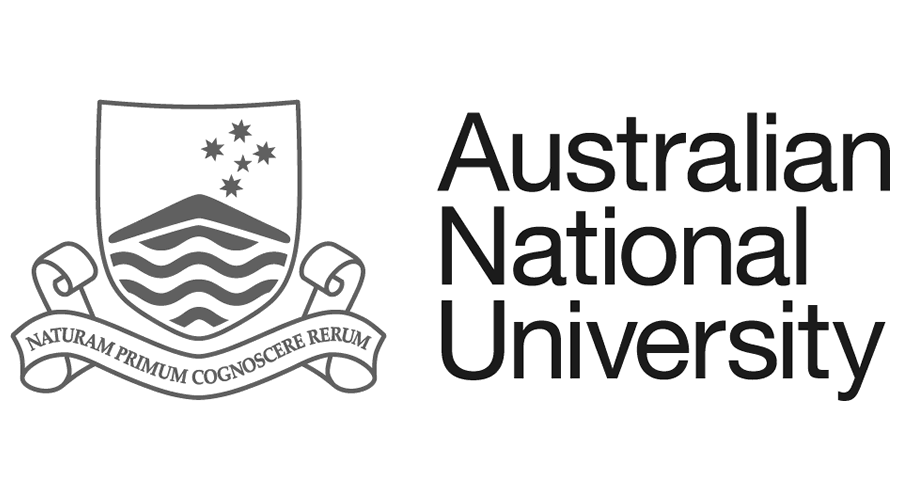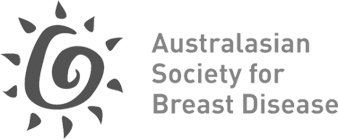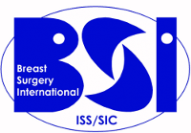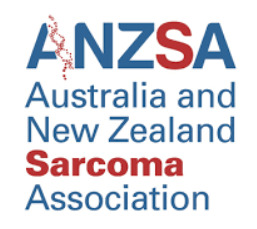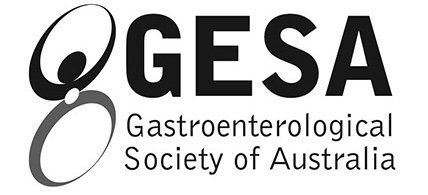BREAST CANCER: THE BASICS
Breast cancer occurs when normal breast cells grow and reproduce out of control, turning into malignant (cancerous) cells. Here is a downloadable Breast Cancer fact sheet I have written with a detailed explanation.
Breast cancer can be non-invasive or invasive. Non-invasive breast cancer, also known as carcinoma in situ, means the cancer cells are contained within the walls of the breast ducts and lobules. They usually do not cause symptoms, but if left untreated they may eventually become invasive breast cancer. Invasive breast cancer means the cancerous cells have grown through the walls of the breast ducts and lobules, invading nearby tissues. Invasive cancers have the potential to spread to other parts of the body.
Early and locally advanced breast cancer refers to cancer that is confined to the breast and nearby lymph nodes. Advanced or metastatic breast cancer refers to cancer that has spread to other parts of the body.
Breast Cancer Statistics
Breast cancer is the most common cancer affecting Australian women. 1 in 7 women will be diagnosed with breast cancer before the age of 85 years. Breast cancer can occur at any age but is more common in older women, with the average age of first diagnosis being 62 years. Men can also develop breast cancer. Breast cancer is much less common in men than in women. 1 in 670 men will be diagnosed with breast cancer before the age of 85 years.
On the Central Coast, around 275 women are diagnosed with breast cancer each year. The Woy Woy Peninsula has the highest rate of breast cancer (18% above the NSW state average) followed by the suburbs of Gosford, Springfield and East Gosford.
Australia has one of the best breast cancer survival rates in the world. Even though the number of women and men being diagnosed with breast cancer is increasing, the number of deaths is decreasing. Of all the women diagnosed with breast cancer between 2011 and 2015, over 90% are still alive 5 years later. This includes women with early breast cancer and metastatic breast cancer. Survival for women with early breast cancer alone is higher than this. In general, survival for men with breast cancer is similar to that for women with breast cancer when the stage of the disease at diagnosis is the same.
Breast Cancer Diagnosis
Tests to Diagnose Breast Cancer
Mammogram
A mammogram is a low dose x-ray of the breast tissue. On the day of examination, do not use deodorant or talcum powder and wear a two-piece outfit. During the mammogram, one breast at a time is pressed between 2 x-ray plates, which spread the breast tissue out so that clear pictures can be taken. This can be uncomfortable, but it takes only about 20 seconds. Both breasts will be checked. A mammogram takes around 15 minutes. Tomosynthesis, also known as 3D mammogram or digital breast tomosynthesis, takes x-rays of the breast from different angles and uses a computer to combine them into a 3D image.
Ultrasound
An ultrasound uses sound waves to create a picture of your breast. The person performing the ultrasound will spread a gel on your breast, and then move a small device called a transducer over the area. This sends out sound waves that echo when they meet something dense, like an organ or a tumour. A computer creates a picture from these echoes. A breast ultrasound takes around 30 to 60 minutes.
MRI
A MRI scan uses a large magnet and radio frequency waves to create detailed, cross-sectional pictures of your breast tissue. Breast MRI is not a routine test for everyone diagnosed with breast cancer. Before a MRI scan, you will have an injection of a contrast dye to make any cancerous breast tissue easier to see. You will then need to lie face down on a table with cushioned openings for your breasts and rest your arms above your head. The table slides into the machine, which is large and shaped like a cylinder. A breast MRI takes around 40 to 50 minutes.
Biopsy
During a biopsy, a needle is used to remove a small sample of cells (fine needle aspiration biopsy) or tissue (core biopsy) from the abnormal area in your breast. Local anaesthetic is used to numb the area where the needle will be inserted. Then a mammogram, ultrasound or MRI scan is used to guide the needle into the area of abnormality. Core biopsy is preferred for breast lumps, whereas fine needle aspiration biopsy is used to sample abnormal lymph nodes.
Tests to Stage Breast Cancer
CT Scan
A CT scan uses x-ray beams to create detailed, cross-sectional pictures of the inside of your body. You will have a CT scan of your brain, chest, abdomen and pelvis. To prepare for a CT scan, you will be asked not to eat for a period of time. Before a CT scan, you may have an injection of dye and/or be asked to drink a liquid dye. The dye, known as contrast, helps ensure that anything unusual can be seen more clearly. You will then need to lie still on a table while the scanner takes pictures. The scan itself will take around 15 minutes.
Bone Scan
A bone scan may be done to see if the breast cancer has spread to your bones. Before the scan, you will be injected with a small amount of radioactive material. This material is attracted to areas of bone where there is cancer. You will be asked to return 2 to 3 hours later, then you will be scanned.
PET-CT Scan
A PET scan combined with a CT scan provides more detailed and accurate information than a CT scan on its own. To prepare for a PET–CT scan, you will be asked not to eat or drink for a period of time. Before the scan, you will be injected with a glucose solution containing a small amount of radioactive material. Some cancer cells may show up brighter on the scan because they take up more glucose solution than normal cells do. You will be asked to sit quietly for 30 to 90 minutes as the glucose spreads through your body, then you will be scanned. The scan itself will take around 30 to 60 minutes.
Breast Cancer Stage
The stage of a cancer describes the size of the cancer and how far it has spread. Stage I and II are referred to early breast cancer. Stage III is referred to as locally advanced breast cancer. Stage IV breast cancer means it has spread to other parts of the body, and is referred to as advanced or metastatic breast cancer.





